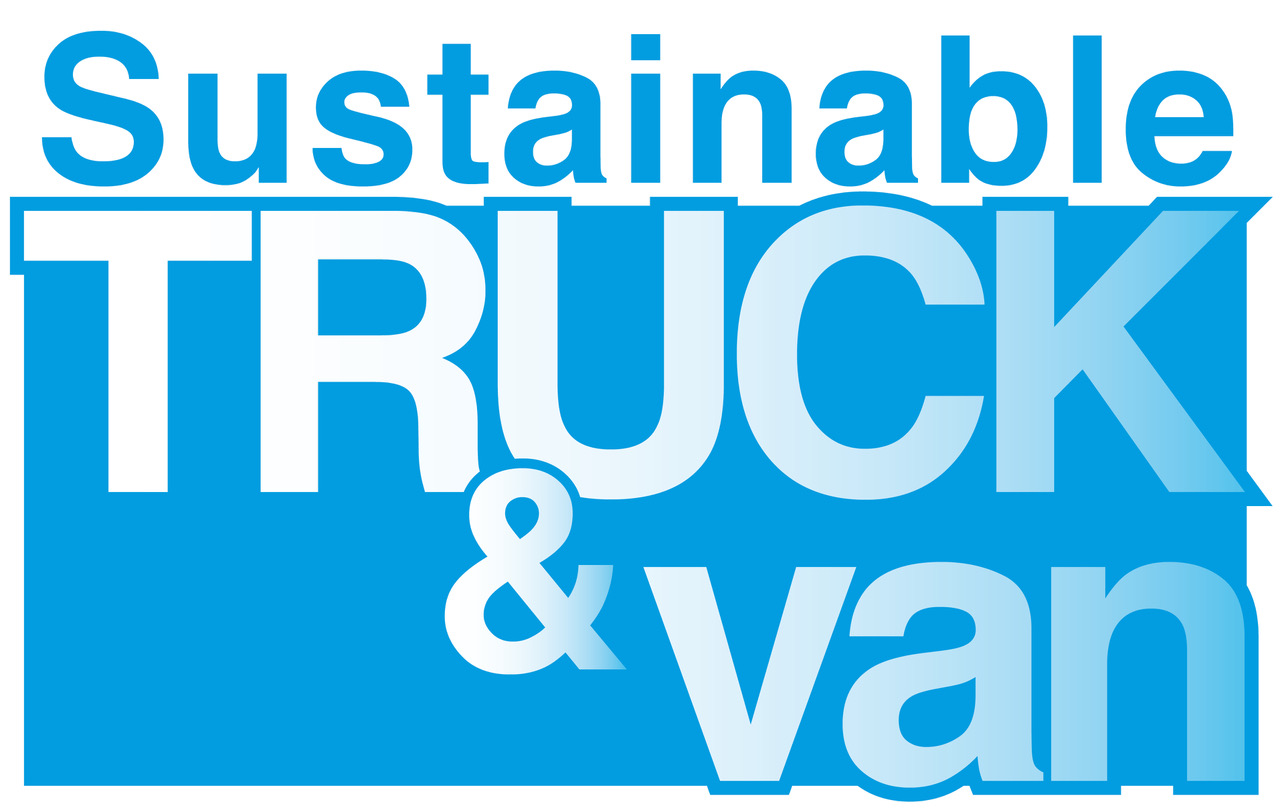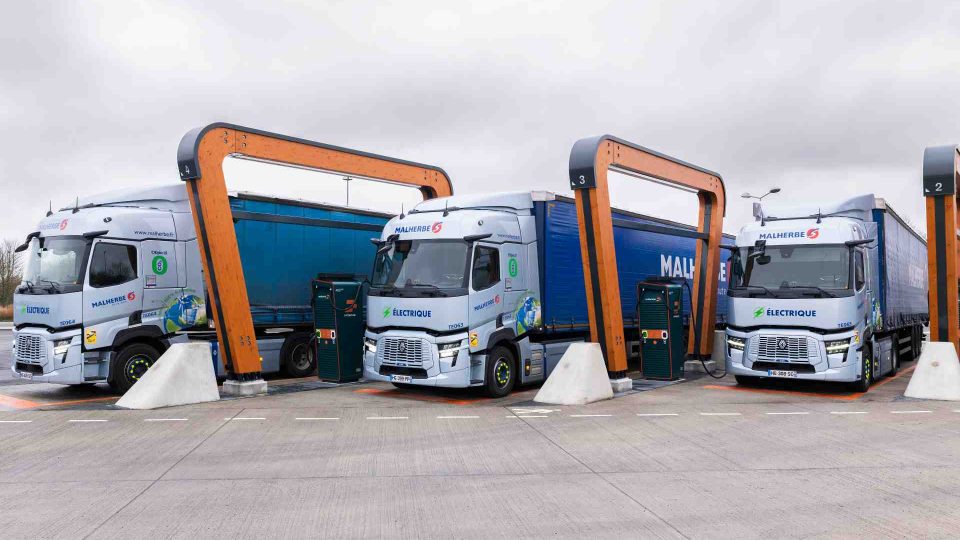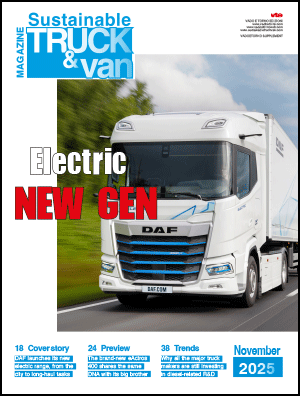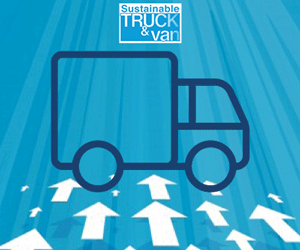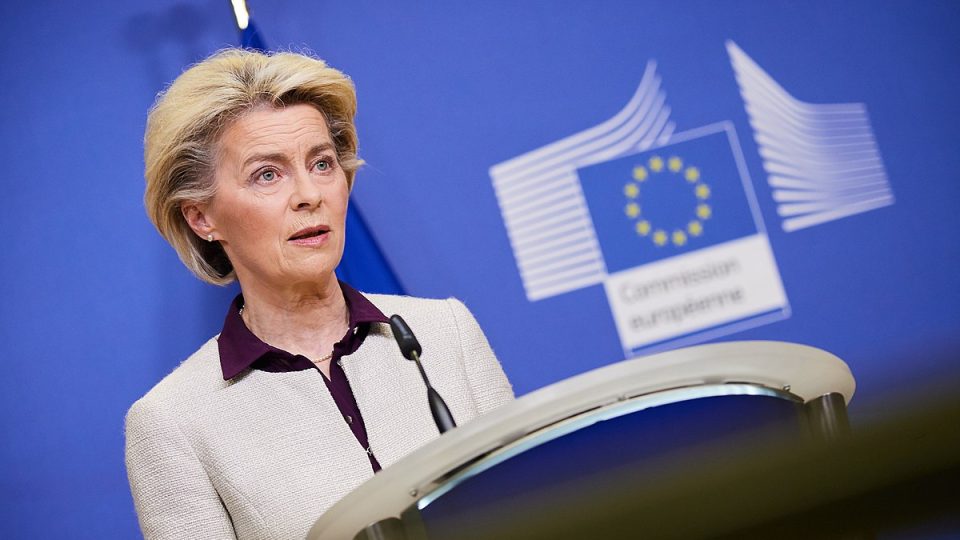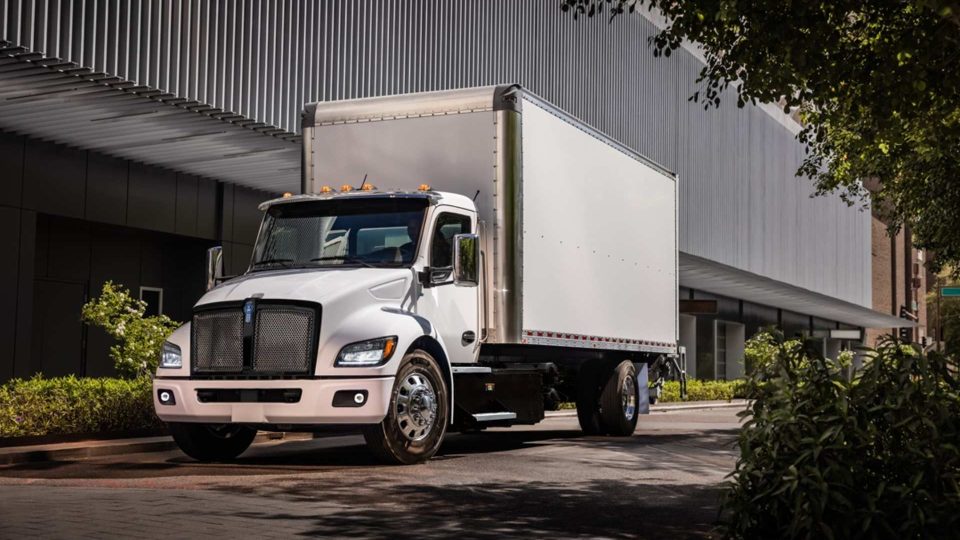TRATON brands Scania and MAN increase sales of electric trucks in a challenging business environment
The Munich-based manufacturer boasts about 800 electric vehicles sold, including also buses. As for Scania, zero-emission vehicle sales increased to 117 units, compared to 62 units one year ago. Zero-emission vehicle orders amounted to 156 units, compared to 141 units in the first half of 2024.
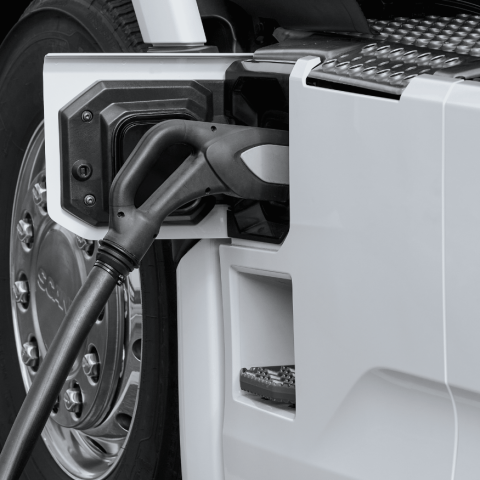
The overall market figures are quite challenging in Europe, it’s quite clear. In such a difficult scenario, TRATON Group brands MAN and Scania managed to increase sales of electric trucks. Some might say it’s not difficult, as the figures are still quite low in absolute values, however it’s a trend anyway.
TRATON brands’ electric and overall performances: MAN
MAN, for instance, started deliveries of its eTruck models this year, with the official start of series production celebrated in June. As stated by the ICCT, in the first three months of 2025, MAN managed to reach an impressive 15% market share as for e-trucks in the over 12-ton segment. The Munich-based manufacturer boasts about 800 electric vehicles sold, including also buses. So we really don’t know how many electric trucks were sold.
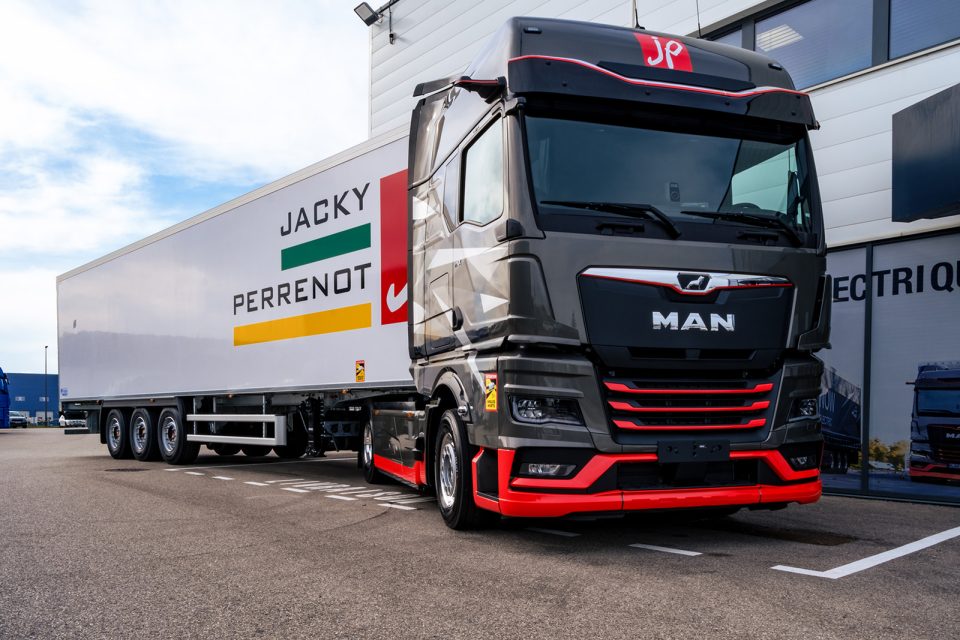
As for the overall figures referred to the first half of 2025, MAN recorded +43% in terms of incoming orders (over 52,000), however -9% of truck sales. Revenue also decreased by 6%, as well as adjusted operating result (-155 million euro).
Scania Group’s H1 2025 figures
Looking at Scandinavia, Scania Group’s sales revenue declined by 10 percent, with 5% decrease in sales to slightly more than 24,600 vehicles. Anyway, Scania maintained “a strong position in Europe”, with a stable market share of 17.9 percent in a contracting heavy truck market. Similarly to MAN, Scania’s total vehicle order intake increased, supported by stronger demand in Europe compared to the second quarter last year.
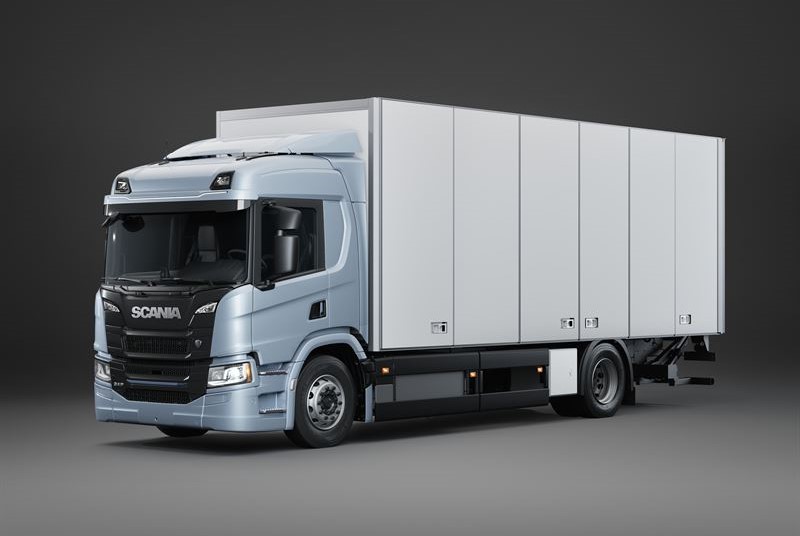
Zero-emission vehicle sales increased to 117 units, compared to 62 units one year ago. Zero-emission vehicle orders amounted to 156 units, compared to 141 units in the first half of 2024.
